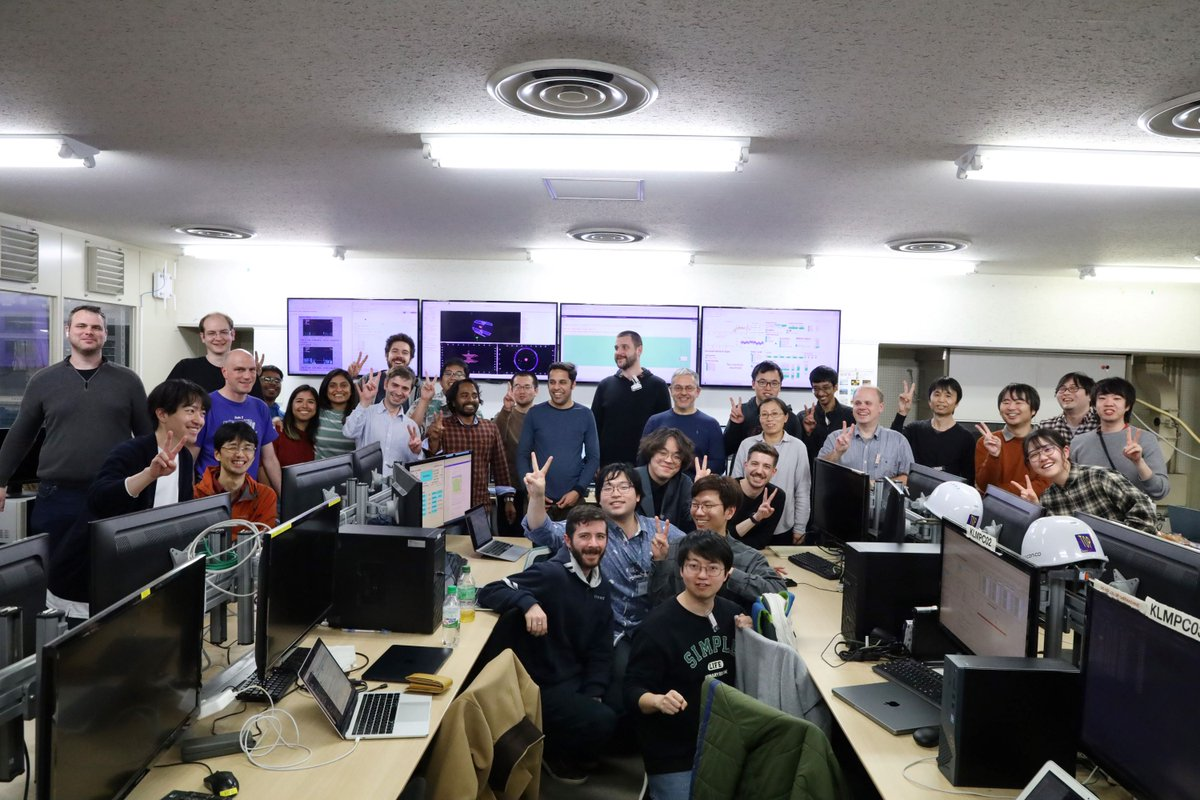The SuperKEKB collider has resumed work: First collisions recorded with the new Belle II vertex detector
The Belle II particle physics experiment has set itself the goal of discovering new physical phenomena (new physics) that could be the key to nothing less than the mystery of the origin of the universe. Belle II relies on precision measurements of the properties of B mesons and other particles produced in the SuperKEKB. The accelerator and detector have been out of operation for a long time, since summer 2022, and have been upgraded in the meantime. Now the time has finally come: on January 29, 2024, the accelerator was put back into operation. On February 20, the Belle II detector recorded the first long-awaited electron-positron collisions since the accelerator was put back into operation.
During the long shutdown, Belle II was improved by the new, now fully implemented vertex detector, in whose development the German groups were significantly involved. An optimized beam pipe was also installed at the collision point. These improvements help to better counter the expected increase in background. The radiation shielding around the detector was also improved and some further measures were taken to optimize the data acquisition performance.
Following the resumption of beam operation at the end of January, further adjustments were made: The vacuum was improved and the currents of the electron and positron beams in the main ring of the SuperKEKB were increased. After the alignment of the electron-positron beams for collisions in the center of the Belle II detector was successfully completed, the Belle II group went to work and ramped up the high voltage at the subdetectors, which is necessary for the observation of particle interactions.
On February 20 at 22:12 Japanese local time, the Belle II group was able to observe many particle tracks emanating from the interaction point on the event display, which could be identified as a hadronic event.
This officially marks the beginning of the 2024 data collection period (Run2). The next goal is to surpass the size of the data set recorded by the original Belle experiment. With a large amount of data, the collaboration will continue to make first-class measurements with the now better performance and constantly improving analysis methods. In the long term, the Belle II experiment is expected to collect a data set 50 times larger than the previous Belle experiment. The increase of the data set is the most important basis for precisely investigating the behavior of particles and, above all, for researching previously unknown physical phenomena that go beyond the standard model of particle physics.
Contact: Prof. Torben Ferber


